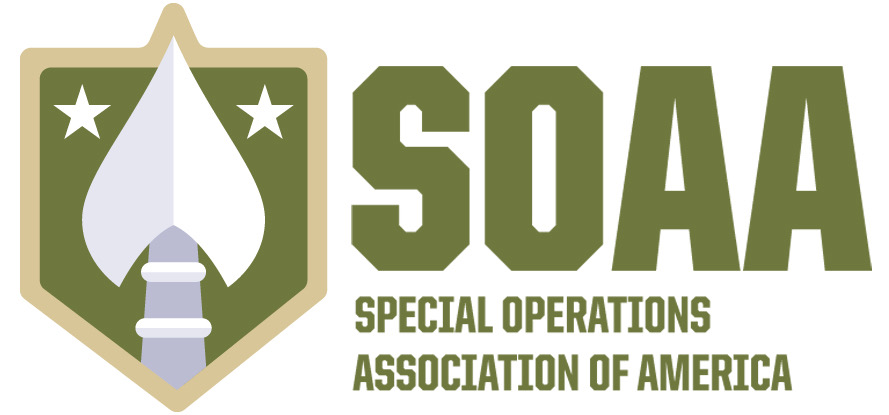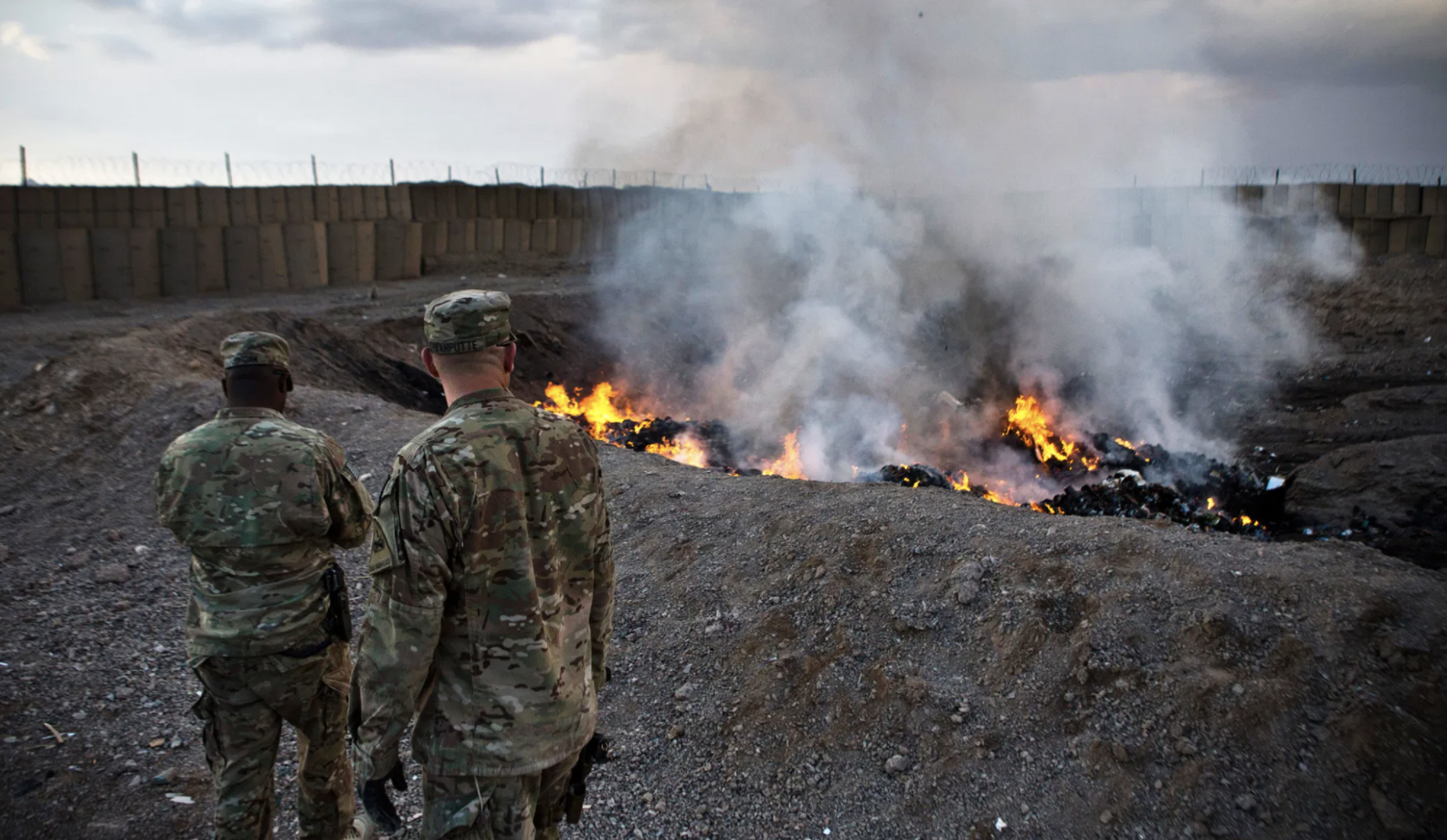Since 1990, it is estimated that there are over one million Servicemembers and Veterans whose exposure to toxic chemicals from burn pits has made them high-risk to develop fatal and rare diseases. Because of exposure to toxic environments while serving, the diagnosis rate of multiple rare cancers among veterans and Servicemembers is double, sometimes triple, the rate compared to the general population. What’s worse, because these forms of cancers are so rare in the general population, there are few if any therapeutic options that have been developed to target them, meaning Veterans must face these diseases with outdated and ineffective treatment options.
Even with more common forms of diseases, Veterans and Servicemembers are diagnosed at alarmingly higher rates, with strong evidence that their illnesses are service-connected in nature. It is evident that we must all act to put an end to these toxic methods that sicken and debilitate those exposed, and it’s everyone’s responsibility to raise awareness among SOF members of their increased health liabilities.
>>Register yourself and your SOF community in the Burn Pit Registry if you suspect you have ever been exposed to toxic chemicals from burn pits, even if it was just once. Early identification and monitoring could save your life and the lives of your brothers in arms.
We’re working with congress on legislation like the SFC Heath Robinson Burn Pit Transparency Act, which will ensure that the Department of Veterans Affairs thoroughly identifies and monitors every Veteran that has come into contact with toxic burn pits, while providing Congress with the data it needs to identify causation of chronic diseases, and get ahead of the curve of Veteran illness. We also are demanding Congress to appropriate funds for the development of targeted therapeutics for these rare cancers that overwhelmingly present in the Veteran community.






